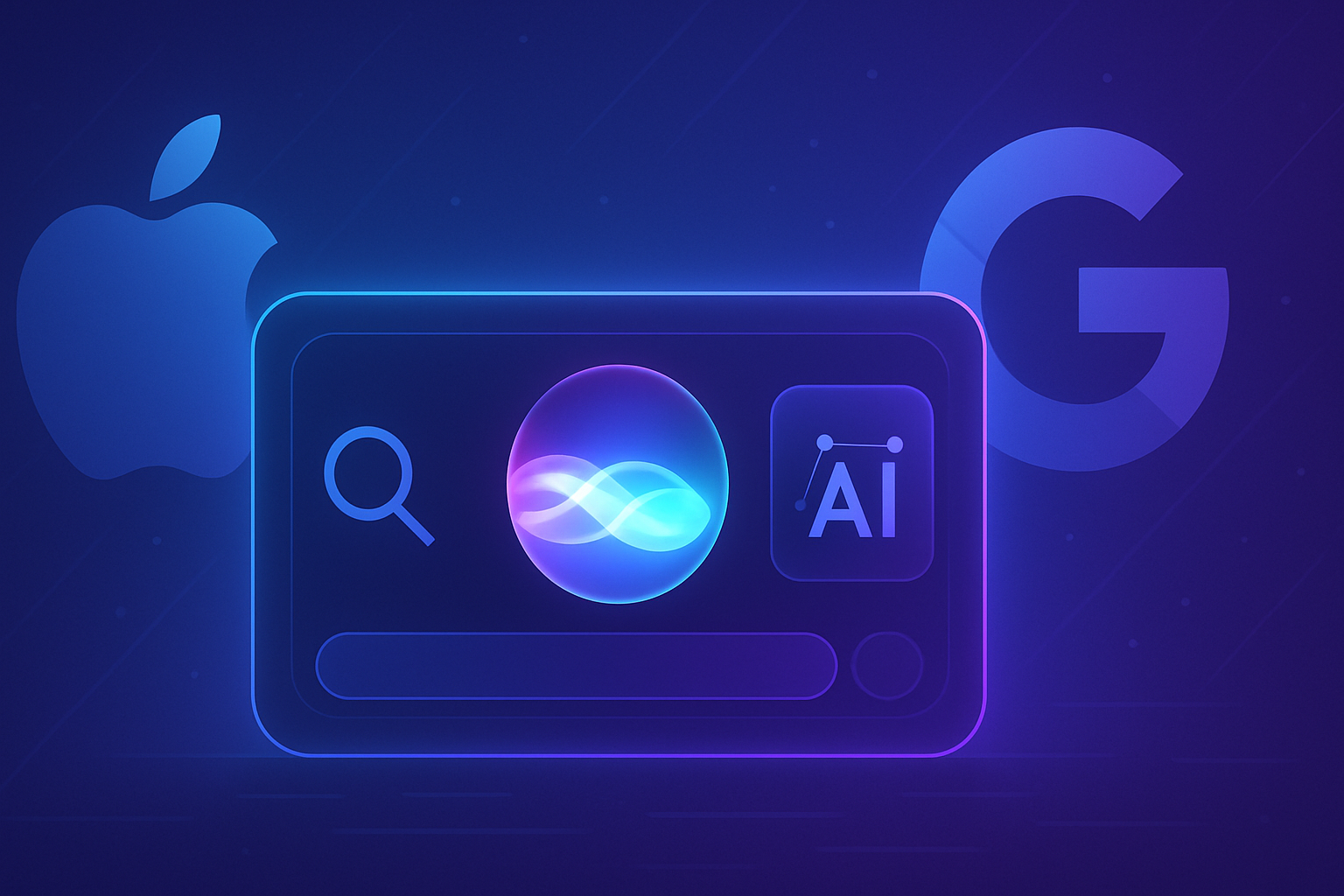The emergence of large language models (LLM) raises fascinating questions about their ability to revolutionize the design of future drugs and materials. This technology promises an unprecedented optimization of the molecular discovery process, alleviating the cognitive and time burden on researchers. Surpassing traditional limitations, these innovative models position themselves as key players in defining new therapeutic pathways, redefining the boundaries of the possible. The potential of such an advance cannot be ignored; the transformation of the scientific landscape is looming on the horizon, introducing sophisticated and efficient synthesis methods.
The Molecular Discovery Process
The discovery of molecules possessing essential properties for creating new drugs and materials remains a tough and costly process. It requires considerable computational resources and several months of human work to narrow down the vast array of potential candidates. Each step demands substantial expertise in various fields.
Current Challenges of LLMs
Large language models (LLMs), such as ChatGPT, could transform this process, but scientific challenges persist. Facilitating a LLM’s understanding and reasoning about atoms and molecular bonds is akin to designing a language model capable of processing chemical concepts as it does with words.
MIT and IBM Watson AI Lab Innovation
Researchers from MIT and the MIT-IBM Watson AI Lab have developed an innovative approach. This method integrates graph-based machine learning models to generate and predict molecular structures, complementing an LLM. The base model interprets queries in natural language, thus identifying the desired molecular properties.
This technique harmonizes text, graphics, and synthesis step generation into a common vocabulary. The LLM performs back-and-forth between its components to design a molecule, revealing the logic behind its choices and formulating a synthesis plan.
Performance and Efficiency
Compared to existing LLM methods, this multimodal approach produces molecules that better meet user specifications. Efficiency has thus increased, raising the success rate from 5% to 35%. This substantial improvement suggests that multimodality is crucial.
A Practical Application
Michael Sun, a graduate student at MIT and co-author of this research, envisions a future where an LLM can automate the entire process of molecular design and fabrication. Such efficiency would represent a significant time-saving for pharmaceutical companies, enabling quicker and less costly research.
The Fusion of Technologies
LLMs are not optimized to grasp the subtleties of chemistry, complicating their function in inverse molecular design. Molecules, as graph structures, do not organize sequentially and pose a challenge for text processing. AI models based on graphs, on the other hand, interpret atoms and bonds as nodes and edges, but require complex inputs that are often poorly fitted.
The Creation of Llamole
The project titled Llamole, which stands for *large language model for molecular discovery*, combines the capabilities of an LLM with those of graph-based models. It is responsible for understanding the user query while allowing for targeted production of molecular structures. When this model predicts a “trigger token” signifying the moment to switch to a specific module, it triggers a precise activation to draw the desired molecular structure.
A Promising Future in Molecular Synthesis
Llamole ultimately provides an image of the molecular structure, a textual description, and a detailed synthesis plan. In experiments targeting molecular design, Llamole outperformed standard and specialized models, significantly increasing the success rate of retrosynthesis plans. This can be attributed to higher quality molecular structures characterized by ease of assembly.
Improvement Perspectives
Researchers created two entirely new datasets, as existing datasets did not provide sufficient detail. They enriched thousands of patented molecules with AI-generated natural language descriptions. Although Llamole is currently limited to ten numeric molecular properties, researchers envision its future expansion to incorporate various properties.
A long-term goal is to apply this approach beyond molecules to develop multimodal LLMs capable of handling other types of graph-based data. Examples include interconnected sensors in an electrical grid or transactions in a financial market.
This research, supported by the MIT-IBM Watson AI Lab and other institutions, marks the beginning of a new era for the interaction between language models and complex data. To learn more about these exciting advancements, please refer to the following sources: link 1, link 2, link 3, link 4, link 5.
Frequently Asked Questions about the Impact of LLMs in Drug and Material Design
How can LLMs improve the drug design process?
LLMs can quickly analyze vast datasets on molecules and suggest molecular structures that meet specific criteria, thereby reducing the time and costs associated with searching for new drugs.
What are the main advantages of using LLMs compared to traditional methods in the design of new materials?
LLMs allow for broader exploration of design possibilities by integrating text data and graphs, which significantly enhances the quality of the designed structures and increases the chances of success in the synthesis phase.
Can LLMs really generate viable molecules for pharmaceutical applications?
Yes, studies have shown that LLMs, when combined with graph-based models, can generate molecules whose configurations and properties match user specifications, thereby increasing the success rate of synthesis.
What skills are necessary to work with LLMs in the field of chemistry?
A fundamental understanding of chemistry and programming language skills, as well as expertise in machine learning, are essential to make the most of LLMs in molecular design.
Is it possible to fully automate the molecular design process with LLMs?
LLMs, paired with other AI models, aim to automate much of the process, but experimental validations remain necessary to ensure the feasibility of the generated molecules.
What challenges need to be overcome for LLMs to become standard tools in chemistry?
Understanding complex chemistry and correctly interpreting the results generated by LLMs, along with the need for suitable and robust datasets, represent major challenges to overcome.
How can LLMs contribute to the discovery of treatments for complex diseases like HIV?
LLMs can identify molecules likely to target specific pathophysiological mechanisms, such as HIV inhibitors, by generating structures that meet the necessary criteria to cross the blood-brain barrier.
What will the influence of LLMs be on future pharmaceutical research?
LLMs could transform pharmaceutical research by reducing the time and resources necessary to develop new drugs, while also increasing the efficiency of discovery and design processes.
Are LLMs capable of processing data from other domains beyond chemistry?
Yes, current research aims to extend the capabilities of LLMs to handle various types of data, which could pave the way for innovations in many other sectors, not just chemistry.






